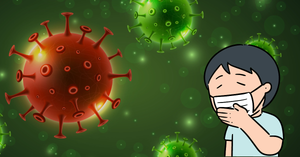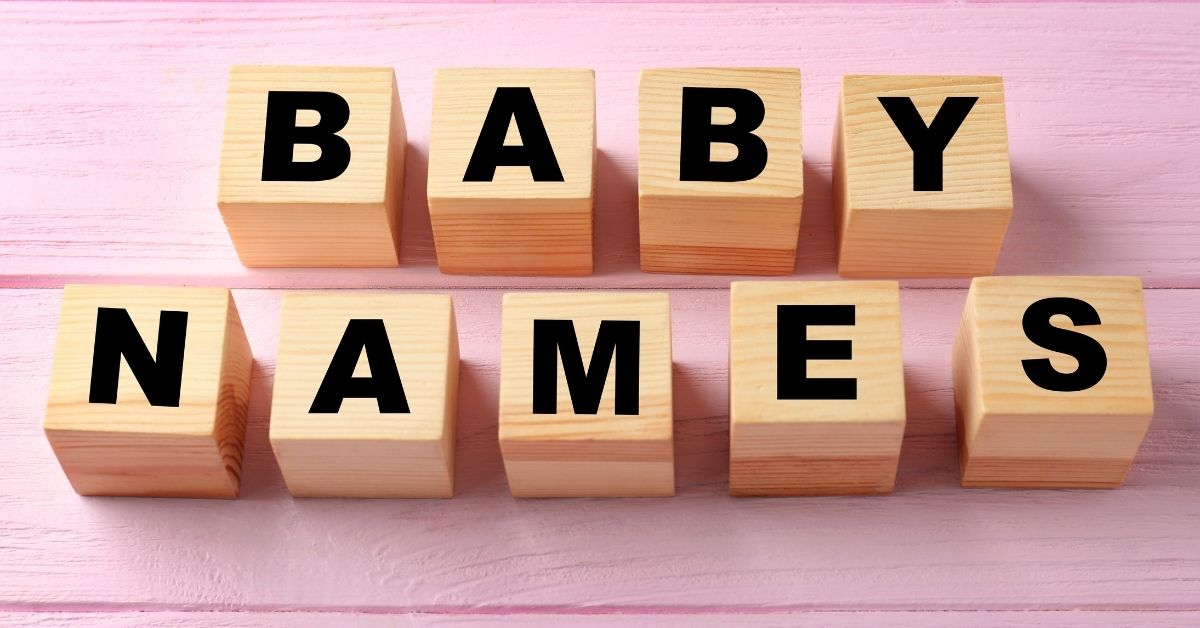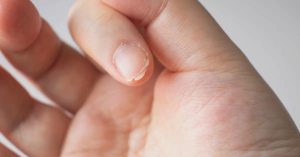Tongue cleaning is an essential but often overlooked part of oral hygiene for kids. Residual food particles and bacteria can accumulate on the tongue, causing bad breath, poor taste sensation, and an increased risk of oral infections. Introducing tongue cleaning into your child’s routine is easy with the right tools. This guide explores the different types of tongue cleaners suitable for kids and offers tips for safe and effective use.
Why Do Kids Need Tongue Cleaners?
Children are prone to leaving behind food particles in their mouths after eating. This residue, combined with bacteria, can form a coating on the tongue that:
• Contributes to bad breath (halitosis).
• Reduces taste sensation, making food less enjoyable.
• Increases the risk of oral infections and cavities.
A tongue cleaner helps remove this buildup, ensuring a clean and healthy oral environment.
Types of Tongue Cleaners for Kids
1. Silicone Tongue Cleaners
Silicone tongue cleaners are soft, flexible, and ideal for kids with sensitive mouths.
• Best For: Toddlers and young children who are new to tongue cleaning.
• Benefits: Gentle on the tongue, easy to use, and often come in fun shapes and colors.
• How to Use:
1. Wash and sterilize the cleaner before use.
2. Gently glide it across the child’s tongue from back to front.
3. Rinse after each stroke.
Do’s:
• Ensure the cleaner is BPA-free and FDA-approved.
• Make it a fun activity by letting kids pick their favorite design.
Don’ts:
• Avoid applying too much pressure.
2. Plastic Tongue Scrapers
Plastic tongue scrapers are lightweight and effective in removing tongue buildup.
• Best For: Older kids who are comfortable with regular oral hygiene tools.
• Benefits: Easy to clean, reusable, and more effective for visible tongue coatings.
• How to Use:
1. Sterilize the scraper before use.
2. Hold the scraper at the back of the tongue and gently pull forward.
3. Rinse and repeat as needed.
Do’s:
• Choose rounded designs to avoid discomfort.
• Teach your child to rinse thoroughly after each stroke.
Don’ts:
• Avoid scrapers with sharp edges.
3. Rubber Finger Brushes with Tongue Cleaner
Rubber finger brushes often come with a textured tongue cleaner on the back, combining brushing and tongue cleaning in one tool.
• Best For: Infants and toddlers transitioning from oral wipes to brushes.
• Benefits: Gentle, multipurpose, and easy for parents to control.
• How to Use:
1. Place the finger brush on your finger.
2. Gently rub the textured side on the baby’s tongue in circular motions.
3. Rinse after each use.
Do’s:
• Use lukewarm water or a safe saline solution.
• Clean the finger brush after every session.
Don’ts:
• Never leave your child unattended during cleaning.
4. Stainless Steel Tongue Cleaners (Kid-Sized)
Smaller versions of traditional stainless steel tongue scrapers are available for kids.
• Best For: Kids aged 7+ with good oral hygiene habits.
• Benefits: Durable, eco-friendly, and highly effective.
• How to Use:
1. Place the rounded end at the back of the tongue.
2. Gently pull forward, applying light pressure.
3. Rinse thoroughly after use.
Do’s:
• Sterilize the cleaner regularly.
• Encourage your child to handle it gently.
Don’ts:
• Avoid using steel scrapers for very young children.
5. Tongue-Cleaning Toothbrushes
Some toothbrushes come with a built-in textured surface on the back for tongue cleaning.
• Best For: Kids who already use a toothbrush.
• Benefits: Convenient and combines two tasks in one.
• How to Use:
1. After brushing teeth, flip the toothbrush to the textured side.
2. Gently scrub the tongue from back to front.
3. Rinse the brush and tongue afterward.
Do’s:
• Replace the toothbrush regularly (every 3 months).
• Ensure the textured surface is soft and kid-friendly.
Don’ts:
• Avoid hard-bristled brushes that may irritate the tongue.
How to Choose the Right Tongue Cleaner for Your Child
When selecting a tongue cleaner, consider the following:
• Age: Younger kids need gentler tools like silicone cleaners or finger brushes.
• Material: Opt for non-toxic, BPA-free materials to ensure safety.
• Ease of Use: Choose designs that are easy for your child to handle or for you to assist with.
• Durability: Durable materials like stainless steel are better for older kids who can handle them carefully.
Tips for Safe Tongue Cleaning
1. Always supervise young children while they use a tongue cleaner.
2. Clean the tongue cleaner before and after each use to prevent bacterial buildup.
3. Be gentle to avoid causing irritation or discomfort.
4. Incorporate tongue cleaning into the daily oral hygiene routine to make it a habit.
What Pediatric Dental Experts Say
Studies published on PubMed emphasize the importance of tongue cleaning in reducing bacteria and improving oral hygiene in children. Guidelines from the American Academy of Pediatric Dentistry (AAPD) recommend starting tongue cleaning as part of oral care from infancy to prevent oral infections like thrush and bad breath.
Explore More on the TPZ App
For more tips and tricks on children’s oral hygiene, check out these related articles on the TPZ app:
• How to Start a Brushing Routine for Toddlers
• Winter Nighttime Brushing Routine for Kids
• Best Mouthwashes for Kids
A Sweet Note for Parents
Dear parents, introducing tongue cleaning to your child’s routine may feel like just another task, but it’s a small step toward big smiles and healthy habits. Take it slow, keep it fun, and remember—you’re doing an amazing job! Everything will be just fine.
By choosing the right tongue cleaner and following these tips, you can ensure your child’s oral hygiene routine is complete and effective, keeping their smiles bright and healthy.








